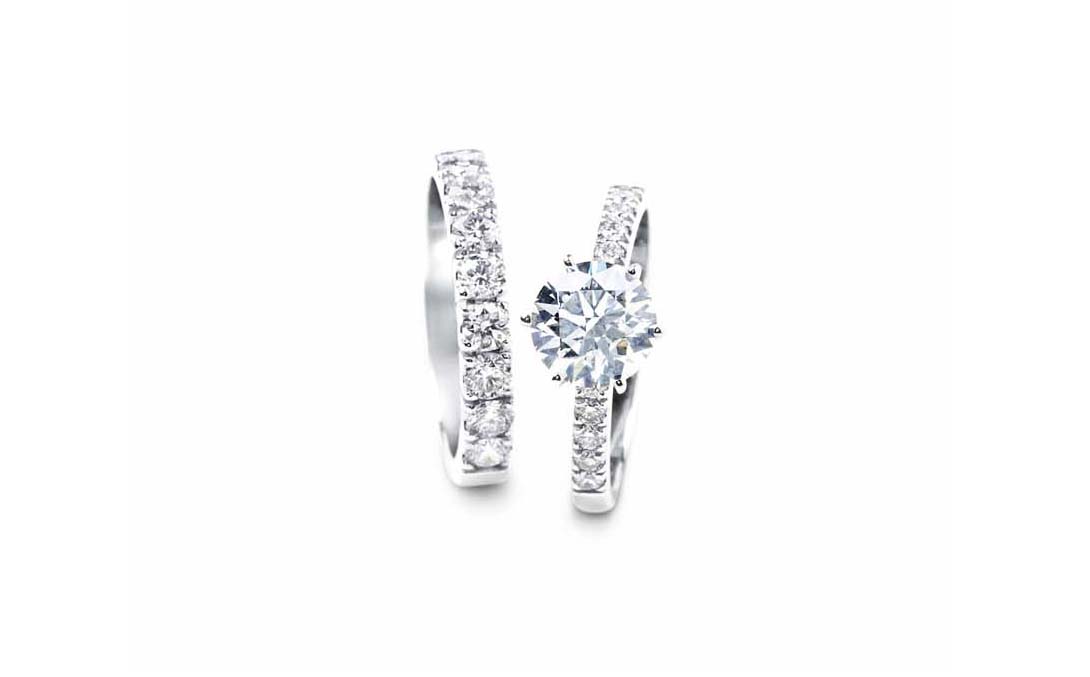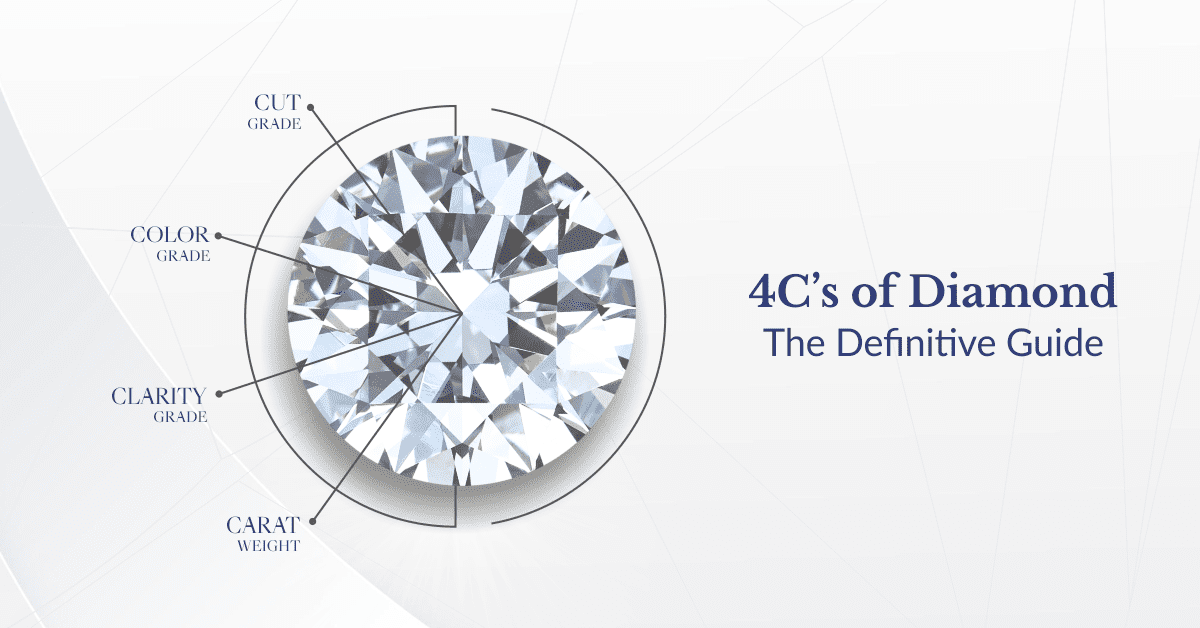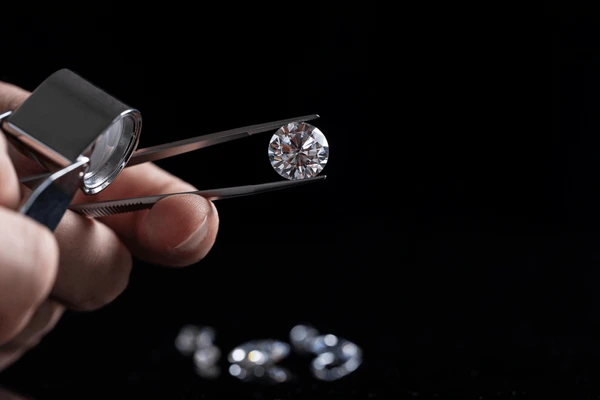The Future of Diamonds: Lab-Grown Diamonds’ Role in the Jewelry Industry
Diamonds have long been a symbol of love, luxury, and timeless beauty. As the global jewelry market evolves, lab-grown diamonds have emerged as a significant player, bringing both innovation and ethical considerations into the spotlight. Once viewed as a niche product, lab-grown diamonds are rapidly becoming mainstream, reshaping the jewelry industry’s landscape.
This article explores the future of diamonds, focusing on the increasing role of lab-grown diamonds, the factors driving their growth, and what this trend means for consumers and the industry alike.
1. The Rise of Lab-Grown Diamonds
The demand for lab-grown diamonds has grown significantly in recent years. This rise can be attributed to several factors, including advances in technology, changing consumer preferences, and a growing emphasis on sustainability. As awareness increases, consumers are increasingly viewing lab-grown diamonds as an attractive alternative to mined diamonds, primarily due to their affordability, ethical sourcing, and nearly identical physical and chemical properties.
Lab-grown diamonds are created through two primary methods:
-
- High Pressure High Temperature (HPHT): Mimics the natural conditions under which diamonds are formed in the Earth’s mantle.
-
- Chemical Vapor Deposition (CVD): Utilizes a gas mixture to deposit layers of carbon onto a diamond seed in a controlled environment.
Both methods produce diamonds that are indistinguishable from natural diamonds to the naked eye and can be certified by gemological institutions like the Gemological Institute of America (GIA) or the International Gemological Institute (IGI).
2. The Appeal of Lab-Grown Diamonds
Affordability
One of the primary advantages of lab-grown diamonds is their affordability. Lab-grown diamonds are typically priced 30-40% lower than their natural counterparts, making them a cost-effective choice for consumers. This pricing gap allows consumers to purchase larger or higher-quality diamonds at a fraction of the cost, broadening the appeal of these stones to a wider demographic.
For those seeking a diamond for special occasions like engagements, weddings, or anniversaries, lab-grown diamonds offer the same sparkle and brilliance as mined diamonds without the hefty price tag.
Ethical and Sustainable Sourcing
The diamond mining industry has long been associated with environmental and social issues, including the impact of mining on ecosystems and communities, as well as the concern over conflict diamonds (also known as “blood diamonds”). While regulations like the Kimberley Process have made significant strides in reducing the trade of conflict diamonds, the demand for ethically sourced products continues to grow.
Lab-grown diamonds are considered an ethical alternative because they eliminate the need for traditional mining. They have a significantly lower environmental footprint, requiring fewer resources and creating less disruption to the earth. For environmentally-conscious consumers, lab-grown diamonds provide a guilt-free option that aligns with their values of sustainability and social responsibility.
3. Changing Consumer Preferences
As consumer preferences evolve, the jewelry industry must adapt to meet new demands. Several key trends are driving the shift toward lab-grown diamonds.
Millennial and Gen Z Influence
Millennials and Gen Z are two of the most influential consumer groups in today’s market, and their values are shaping the future of the diamond industry. These generations place a high value on sustainability, transparency, and ethical consumption. They are more likely to research the origins of the products they buy, seeking brands that align with their beliefs about environmental responsibility and social justice.
Lab-grown diamonds offer these consumers a clear ethical choice. They are attracted to the transparency of the production process and the fact that these diamonds can be sourced without harming the planet or exploiting workers. As these generations continue to grow in purchasing power, their preferences will likely drive further demand for lab-grown diamonds.
Customization and Personalization
In addition to ethical considerations, consumers today are also seeking more personalized and customizable products. Lab-grown diamonds lend themselves well to customization because they can be produced to meet specific size, shape, and quality requirements more easily than mined diamonds. Jewelry brands are increasingly offering bespoke services, allowing customers to design their own pieces with lab-grown diamonds, ensuring a unique and personalized experience.
This trend toward customization reflects a broader shift in consumer behavior, as people seek products that reflect their individuality and personal values.
4. Technological Advancements
The growing adoption of lab-grown diamonds is closely linked to advancements in diamond-growing technology. While lab-grown diamonds have existed for decades, recent breakthroughs have made the process more efficient and scalable, reducing production costs and improving the quality of the diamonds produced.
Higher Quality and Larger Sizes
Early lab-grown diamonds were often small and contained visible imperfections, limiting their appeal in the luxury jewelry market. However, improvements in both HPHT and CVD techniques have enabled manufacturers to grow larger, higher-quality diamonds. Today’s lab-grown diamonds can rival and, in some cases, exceed the quality of natural diamonds in terms of clarity, color, and overall appearance.
Broader Range of Applications
Technological advances have also expanded the range of applications for lab-grown diamonds beyond jewelry. They are now being used in industries such as electronics, optics, and quantum computing, where the properties of diamonds (such as hardness and thermal conductivity) are highly valuable. This broadening of applications is helping to drive further investment in lab-grown diamond technology, which in turn benefits the jewelry industry by making the diamonds more accessible.
5. Impact on the Traditional Diamond Market
The rise of lab-grown diamonds has caused significant ripples in the traditional diamond market. Mined diamonds have historically been the default choice for consumers, but the increasing popularity of lab-grown diamonds is challenging that status quo.
Price Adjustments and Market Shifts
As lab-grown diamonds become more widely accepted, the prices of mined diamonds have been impacted. Some industry experts believe that the rise of lab-grown diamonds could lead to a stabilization or even a reduction in the price of mined diamonds, as consumers weigh the value of traditional diamonds against more affordable alternatives.
Major jewelry brands and retailers are taking notice of this shift. Many have begun incorporating lab-grown diamonds into their product lines to cater to changing consumer preferences. This move toward diversification reflects the growing belief that lab-grown diamonds are not a passing trend but a permanent fixture in the market.
Coexistence of Lab-Grown and Natural Diamonds
Despite the rise of lab-grown diamonds, it is unlikely that they will fully replace mined diamonds in the foreseeable future. Natural diamonds still hold cultural and emotional significance for many consumers, particularly in the context of important life events such as engagements and weddings. For some, the rarity and uniqueness of a natural diamond add to its value.
However, as consumers become more educated about the differences between the two, it’s likely that both lab-grown and natural diamonds will continue to coexist in the market, each serving different preferences and price points.
6. The Future Outlook
The future of lab-grown diamonds in the jewelry industry looks bright. As more consumers embrace their affordability, ethical sourcing, and comparable quality to natural diamonds, lab-grown diamonds are expected to gain even greater market share. Jewelry retailers that offer both options—natural and lab-grown diamonds—will be well-positioned to meet diverse consumer needs and capitalize on emerging trends.
In addition, ongoing technological advancements will continue to drive innovation, enabling the production of even higher-quality lab-grown diamonds at lower costs. This will further solidify their place in the jewelry industry, as well as expand their applications in other sectors.
Ultimately, the rise of lab-grown diamonds marks a turning point for the diamond industry, one that aligns with contemporary values of sustainability, customization, and ethical consumption. As consumers continue to demand greater transparency and responsibility from the brands they support, lab-grown diamonds will play an increasingly important role in shaping the future of luxury jewelry.





